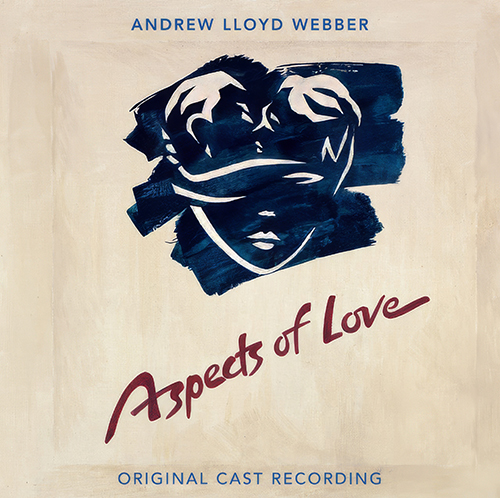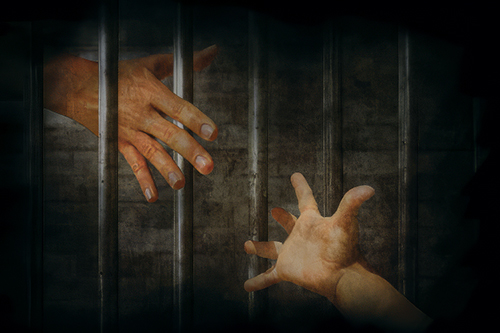
The ICC Men’s Champions Trophy is an international cricket trophy currently being played with the host nation being Pakistan.
Teams from all over the world are competing.
The image attached to this reflection looks, for all the world, like a local cricket match between club sides.
And it is.
The game is being played at a local park in Kooyong, a suburb in Melbourne, Australia.
The rules governing this game and the games being played before tens of thousands in stadia throughout Pakistan are pretty much the same.
Each team has eleven players. Each team has a turn at fielding and at batting.
The game is played on a ready-made surface called a “wicket.”
The pitch is rectangular, 22 yards/20.12 m in length and 10 ft/3.05 m in width. The bowling creases border it at either end.
Each team, in turn, uses a bat and ball.
Two umpires are used to assess dismissals.
However, significant differences exist between the grounds at Kooyong in Melbourne and the National Stadium in Karachi.
The wicket in Karachi has a grass base that is heavily mown and rolled.
The wicket in Kooyong is concrete!
The ball used in Karachi is a regulation cricket ball made from a cork core bound in several layers of nylon or wool. The core is then placed inside a leather exterior with a raised seam of six rows of stitching.
The ball used at Kooyong is made of white plastic with metal washers inside to give the ball an audible sound when bowled or thrown.
You have it – the game being played at Kooyong is “blind cricket”
Invented in Melbourne in 1922 the game of blind cricket is a version of the original game which has been adapted so that it can be played by blind and partially sighted players.
Today’s Gospel has Jesus’s caution about the “blind leading the blind” (Lk. 6: 39).
For ‘sighted’ cricket players to play blind cricket they may well have to “take the plank out of your own eye first.” (Lk.6 : 42)



